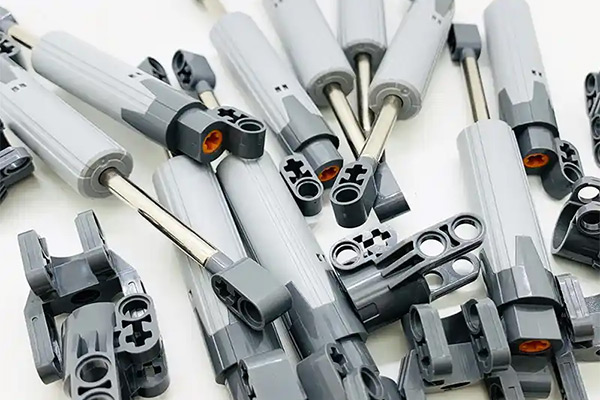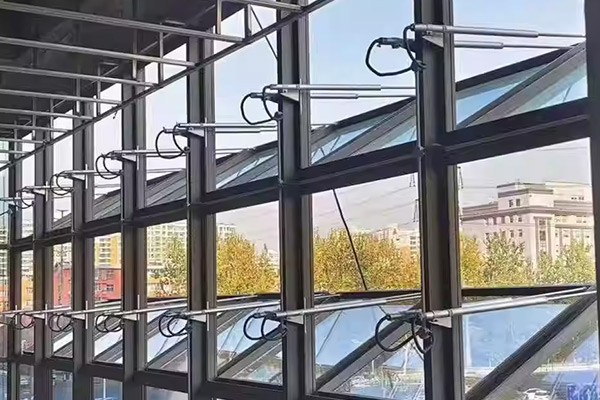Pen-Type Electric Linear Actuator: Precision Power in Miniature Drive
In the realm of modern industrial automation, medical devices, and consumer electronics, there's a growing demand for compact, high-precision, and reliable drive components. It's against this backdrop that the pen-type electric linear actuator has emerged, steadily becoming an indispensable core component in many precision applications.
What is a Pen-Type Electric Linear Actuator?
A pen-type electric linear actuator, as its name suggests, is a slender, miniature version of a traditional electric linear actuator. Its design draws inspiration from the cylindrical shape of a pen, allowing it to be easily integrated into equipment and systems where space is extremely limited, but precise linear motion is required. Unlike larger electric linear actuators, pen-type actuators focus on providing precise, controllable micro-linear movement, converting the rotational motion of an electric motor into straight-line push-pull motion.
Key characteristics of Pen-Type Electric Linear Actuator include:
● Extremely Compact Size: This is its most significant advantage, with a typically small diameter and relatively short length, making it ideal for space-constrained applications.
● High Precision and Control: Capable of very accurate positioning and stroke control, with high repeatability.
● Smooth and Quiet Operation: Often driven by DC motors, they operate with low noise and smooth movement, suitable for noise-sensitive environments.
● Low Power Consumption: Due to their small size, they generally require less power, contributing to energy efficiency.
● Flexible Design: Available in various stroke lengths, forces, speeds, and voltage options to meet diverse application requirements.
● Easy Integration: Their compact form factor and standardized interfaces make them simple to integrate into existing systems.
How a Pen-Type Electric Linear Actuator Works
The fundamental operating principle of a pen-type electric linear actuator is similar to that of larger electric linear actuators. It primarily consists of the following parts:
● DC Motor: Provides rotational power. Common types include brushed DC motors or brushless DC motors.
● Gearbox: Reduces the motor's high-speed rotation to a lower speed and higher torque output.
● Lead Screw and Nut Mechanism: This is the crucial part that converts rotational motion into linear motion. The motor, via the gearbox, drives the lead screw to rotate. The nut (typically connected to the actuator rod) then moves linearly along the screw, performing the push-pull action.
● Outer Tube and Inner Tube: Protect the internal mechanical structure and serve as the moving rod of the actuator.
● Limit Switches/Sensors: Used to control the start and end positions of the stroke, or to provide position feedback.





